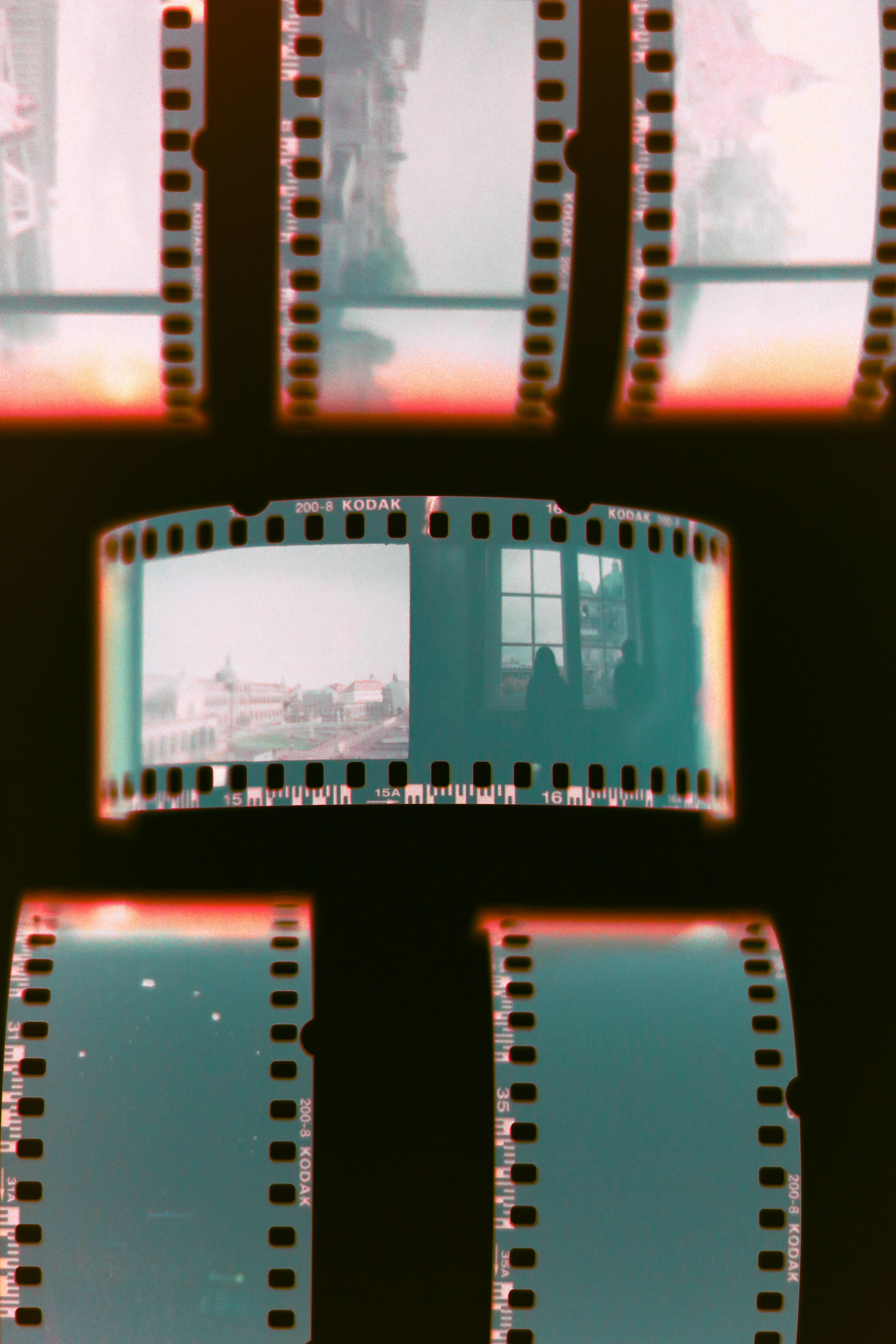Jean-Luc Godard, a seminal figure in the world of cinema, stands as a cornerstone of the French New Wave, a movement that redefined the landscape of film in the late 1950s and 1960s. With an innovative approach to storytelling and a penchant for breaking conventional cinematic norms, Godard’s work not only challenged traditional narrative structures but also introduced a new visual and thematic language that resonated with a generation eager for change. His films, marked by their intellectual rigor and stylistic experimentation, encapsulate the spirit of rebellion and introspection that characterized the New Wave. This article delves into Godard’s unique contributions to the movement, examining how his pioneering techniques and thematic explorations not only influenced his contemporaries but also left an indelible mark on the trajectory of global cinema. By dissecting key works and recurring motifs, we aim to understand the enduring legacy of Godard’s cinematic vision and its impact on the evolution of film as an art form.
Jean-Luc Godards Innovative Cinematic Techniques and Their Impact on the French New Wave
Jean-Luc Godard redefined the language of cinema with a bold, unconventional approach that became the hallmark of the French New Wave. He employed a series of innovative techniques that challenged traditional narrative structures and visual styles. His use of jump cuts, for example, broke the continuity of time and space, creating a more dynamic and engaging experience for the audience. Godard’s films often featured non-linear narratives and self-reflexive storytelling, encouraging viewers to question the nature of cinema itself.
- Jump Cuts: By disrupting the conventional flow of scenes, Godard intensified emotional impact and narrative pace.
- Direct Address: Characters frequently broke the fourth wall, engaging directly with the audience to blur the line between fiction and reality.
- Natural Lighting and Improvised Dialogue: These elements lent an authentic, almost documentary-like feel to his films, emphasizing realism.
The impact of these techniques was profound, inspiring filmmakers worldwide to explore new creative possibilities. Godard’s work not only pushed the boundaries of film as an art form but also empowered directors to experiment with storytelling, editing, and cinematography in ways previously unimagined.

The Role of Narrative Structure in Godards Films and Its Influence on Contemporary Cinema
Jean-Luc Godard, a seminal figure in the French New Wave, revolutionized cinematic storytelling through his innovative use of narrative structure. Unlike traditional Hollywood films, which often follow a linear plot, Godard’s works are characterized by their fragmented and non-linear approach. This bold experimentation is evident in films like Breathless and Pierrot le Fou, where he employs jump cuts, self-referential dialogue, and disjointed timelines to challenge the audience’s perception of reality and fiction. By breaking away from conventional storytelling, Godard not only redefined the boundaries of film narrative but also encouraged viewers to engage more actively with the content, fostering a deeper intellectual and emotional experience.
Godard’s pioneering techniques have left an indelible mark on contemporary cinema, influencing directors across the globe. Modern filmmakers frequently draw inspiration from his narrative style, as seen in the works of Quentin Tarantino and Christopher Nolan, who incorporate non-linear storytelling and metafictional elements in their films. The impact of Godard’s narrative structure can be observed in the following ways:
- Fragmented Storytelling: Disrupting the conventional beginning-middle-end structure to create more dynamic and engaging narratives.
- Self-Reflexivity: Incorporating elements that remind viewers they are watching a film, thus inviting them to question the nature of cinema itself.
- Emphasis on Visual and Auditory Innovation: Using techniques like jump cuts and eclectic soundtracks to enhance storytelling.
Through these elements, Godard not only contributed to the evolution of the French New Wave but also paved the way for a new generation of filmmakers eager to explore and expand the possibilities of cinematic narrative.
Exploring Godards Use of Sound and Music in Shaping Film Aesthetics
Jean-Luc Godard, a seminal figure in the French New Wave, revolutionized the use of sound and music in cinema, crafting a unique auditory experience that profoundly shaped film aesthetics. His innovative approach was characterized by a bold and often unconventional use of sound, which served as a narrative device rather than merely a background element. Godard’s films often feature disjointed soundscapes, where dialogue, music, and ambient noise intermingle in unexpected ways. This technique challenges traditional cinematic norms and invites viewers to engage with the film on a deeper, more interpretive level.
Key elements of Godard’s sound design include:
- Non-diegetic music: Godard frequently employs music that exists outside the world of the film, creating a stark contrast with on-screen events and prompting audiences to question the relationship between sound and image.
- Asynchronous sound: He often juxtaposes sound and image in ways that do not align temporally, disrupting the viewer’s expectations and encouraging a more active form of spectatorship.
- Breaking the fourth wall: Characters in Godard’s films sometimes directly address the audience, using sound to blur the boundaries between fiction and reality.
Through these techniques, Godard not only redefined the role of sound and music in cinema but also laid the groundwork for future filmmakers to explore sound as an integral component of storytelling and aesthetic expression.

Recommendations for Further Study on Godards Legacy in Modern Filmmaking
To deepen the understanding of Jean-Luc Godard’s enduring impact on modern filmmaking, it is essential to explore several key areas. First, consider examining the narrative techniques Godard introduced, which continue to influence directors today. His use of non-linear storytelling, jump cuts, and breaking the fourth wall challenged traditional cinematic norms and opened the door for more experimental approaches in film.
- Analyze how contemporary filmmakers incorporate Godard’s narrative disruptions into their work.
- Investigate the evolution of visual aesthetics inspired by Godard, particularly his innovative use of color and composition.
- Study the role of political themes in his films and their resonance in today’s socio-political context.
Furthermore, a comparative study between Godard’s oeuvre and that of his contemporaries can provide insights into the unique aspects of his style that have been adopted or adapted by modern directors. Delving into interviews, critiques, and retrospectives will enrich this exploration, offering a comprehensive view of Godard’s influence in shaping the cinematic landscape.
